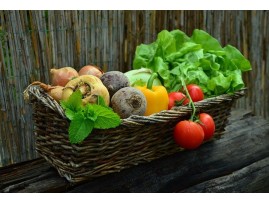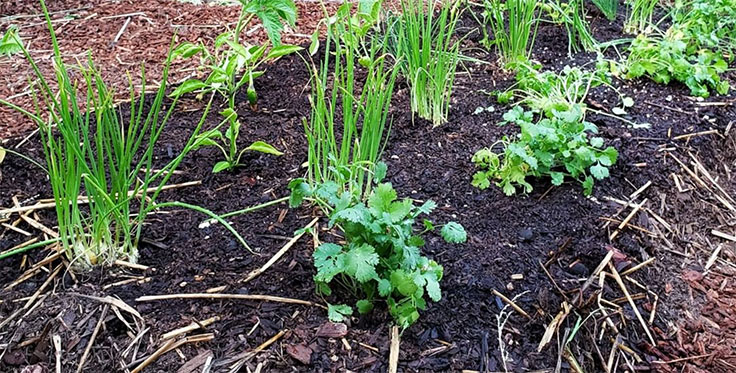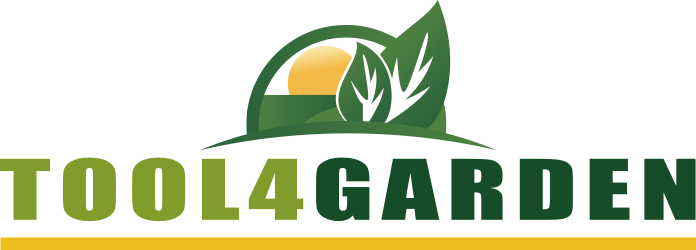
So, You Want to Start a Garden?
05/11/2021
If you've been inspired to start your first garden, but are feeling overwhelmed by everything there is to know, learn, and buy... you're not alone. Gardening can be an intimidating hobby to get into, especially when you see gorgeous, full-scale gardens that have been in operation for years. It seems like an impossible gap to bridge as you glance out at your bare patio, or turf-filled backyard.
Fortunately, there is no magic "green thumb" that you must possess to get busy gardening. As with all things, it can be broken down into simple steps to follow when first starting out.
1.Seedlings vs. Seeds
One of my favorite recommendations for new gardeners is to simply skip the seed-starting process. It's true that starting from seeds is cheaper, as one pack of lettuce seeds costs about $4 maximum, while six lettuce seedlings cost around $6.
However, what you're actually buying when you go with seedlings is 2 to 4 weeks of time, while simultaneously skipping the many mistakes that can happen when starting from seed.
2.Grow Plants You'll Eat
If you love basil... grow basil. It sounds too simple to be considered a tip, but I can't tell you how many new gardeners I've seen bite off way more than they can chew by growing "cool" plants that they don't even like! Keep it simple and make a list of three to five plants you really enjoy working into your cooking and focus on those for your first season.
There's nothing more satisfying than planting something, caring for it, harvesting it, and enjoying it in a home-cooked meal. It's a full-circle experience that solidifies many newbie gardeners' love of the craft.
3.Location Is Everything
When starting your garden, you have the ultimate luxury...you get to choose where it goes! But with this choice comes the potential to pay a heavy price. If you place your garden in an area of your home that isn't conducive to good plant growth, then you're likely to sour on gardening in general as your plants look sad and struggle to thrive.
Location, as with many things in life, is everything. Most plants want at least six to eight hours of sun per day. Make note of how the sun travels over your space throughout the day, watching for shade or hot spots. It's a good idea to give it a few days of observation before you decide on a final spot. This decision impacts everything else you do in your garden.
4.Focus On Soil Health
After you've set your beginner garden up, you need some soil. And soil is what you need, not dirt. There's a big difference between a high-quality, well-balanced organic soil rich with nutrition and microbial life, and a pile of depleted topsoil.
This is the number one area to spend money on when starting out. Source the highest quality soil you can find. Good options are your local nursery and garden center, online — or even your local municipality, which may offer free, high-quality compost if you're a city resident. Whatever you do, don't skimp on soil.

5.Give Your Plants Space
A common mistake new gardeners make is drastically overcrowding their garden. It's natural to do this, because we often don't think of how our plants will look in the future... and that's what really matters. For example, a cauliflower seedling doesn't take up more than about a square inch or so. But a mature cauliflower will span at least 24" across if you include both the head and the leaves!
To avoid this, look up how large your plants will be when fully mature. It helps to think "backwards in time" and visualize the end product before spacing your veggies out.
6.Water Well
Watering is the second most important requirement for a thriving garden (the first being light), and it causes many beginner gardeners quite a bit of undue stress. Here are a few rules of thumb when watering:
— Watering in the morning is best, then evening, then afternoon.
— Watering deeper and less often is usually better than shallow and frequently.
— Water at the base of your plants instead of spraying them from overhead.
— Water container gardens more often than raised beds or in-ground plantings.
Remember, these are just rules of thumb. You should always water your garden when it needs water, even if that means you're watering in the middle of the day, or many times per week during a heat wave.
7.Make Us Of Mulch
After you've mastered watering your garden, you should add a few inches of mulch to the top of your soil to keep that water in the soil for longer. Mulch protects the top of your soil from the sun, meaning the microbial life within it is also protected. It also decreases evaporation, meaning your soil is more evenly moist throughout the days and weeks.
I prefer wood chips as mulch, which you can get from your local municipality or an arborist. They're usually more than happy to drop off a load of wood chips at your property!
8.Keep A Journal !
If you're like me, you'll rack up a few failures when starting your first garden. And that's okay! In fact, it's expected. By keeping a journal and making notes on your observations in the garden, you'll be able to refer to them and adjust your practices going forward.
Over the seasons, you'll build intimate knowledge of your unique growing space, as well as the challenges and opportunities it presents. The goal is get 1% better at gardening every day, so a journal to track your progress makes a lot of sense.
I personally use a spreadsheet to track my planting and harvesting,as well as a digital journal that I type my notes into daily.
There are a million and one gardening tips to help you get off to the right start,but keeping it simple when you start is the ultimate tip.By not over complicating your first foray into growing plants, you'll experience more success, get hooked, and grow even bigger in seasons to more.
